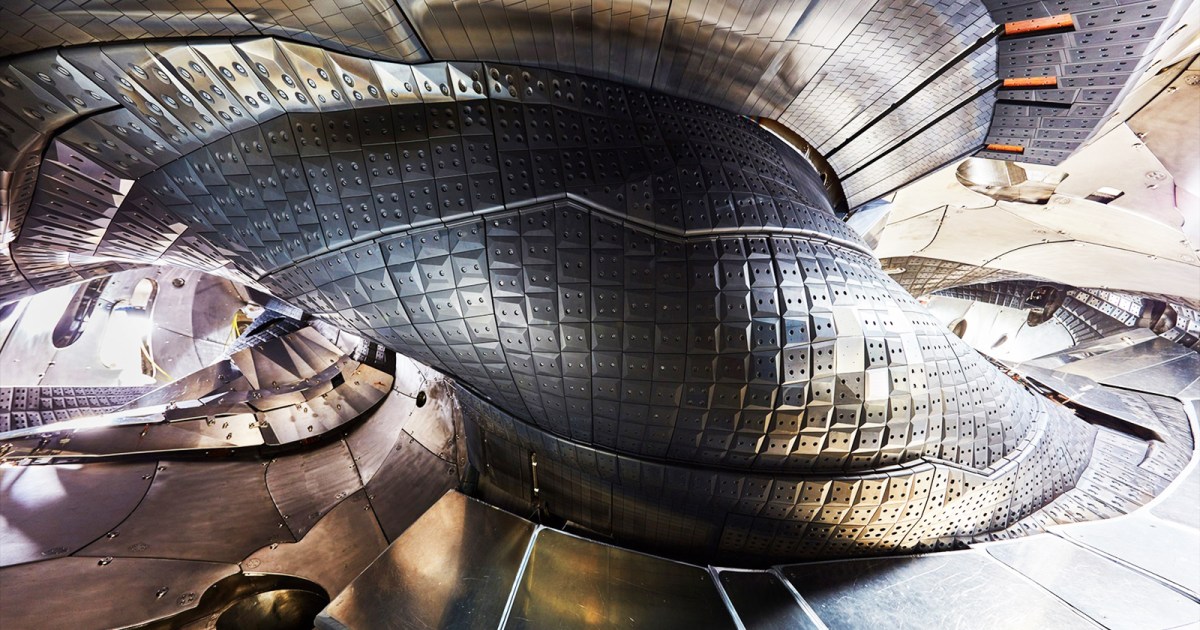Scientific notions can go for decades or even centuries without being explained or supported.
It’s exciting when we find something that brings us a little bit closer to being able to confirm a hypothesis, but when we find something truly ground-breaking, it is truly revolutionary for the field, for our history, and for our futures.
To improve our grasp of physics is to improve our comprehension of everything around us. Physics is a discipline that fully captures our understanding of the world.
(CNO) fusion
Carbon-Nitrogen-Oxygen (CNO) fusion is a type of nuclear fusion that occurs in stars that are more massive than the Sun. In the CNO cycle, four protons (hydrogen nuclei) fuse together to form a helium nucleus, while releasing a large amount of energy in the form of gamma rays and other forms of electromagnetic radiation.
The CNO cycle is responsible for a significant portion of the energy production in stars that are more massive than the Sun. The CNO cycle is more efficient than the proton-proton chain, the primary fusion process that occurs in stars like the Sun, and it allows stars to maintain their high temperatures for longer periods of time.

It’s important to note that, currently CNO fusion is not possible on Earth with our current technology, because the temperatures and pressures needed to fuse carbon and nitrogen nuclei together are much higher than can be achieved in laboratory. Also, it has not been developed a practical or efficient CNO based fusion engine, it is only a concept at this time and the research is still ongoing.
As the technology development and research progresses, and if it becomes possible, CNO Fusion could potentially be used as a source of power generation, creating a much cleaner and renewable energy source than fossil fuels, and that would produce much less radioactive waste than traditional nuclear power.




